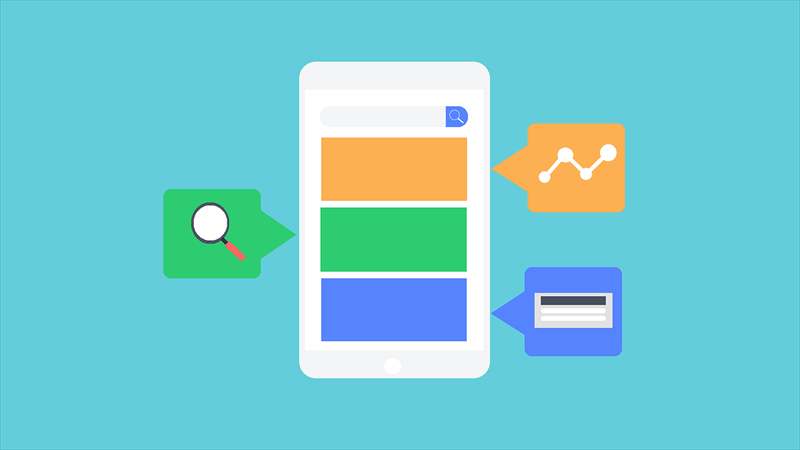Selecting the right mobile client architecture based on the enterprise’s needs and the app is challenging for mobile app developers like you. This is especially true when you also need to ensure that the enterprise app is available and accessible on multiple mobile platforms.
But, once you identify a mobile app development framework or tool that exhibits multi-architecture (compatible with native, web, and hybrid mobile apps) and multi-platform (Android, iOS, and Windows Phone) support, developing the enterprise app will become relatively easy.
So, let us take a look at the three different client architectures for mobile apps and understand which approach is most suitable for mobile app design or development.
Client Architectures for Mobile Apps
Native Mobile Apps
You can build these thick client apps by using native device OS APIs and SDKs as well as write app programs by using platform-specific languages, such as C# (for Windows Phone), Java (for Android), and Objective C (for iOS). These native apps deliver high performance (they are pretty fast) as the executable files are compiled for the particular mobile OS and executed directly from the OS. You can also distribute such native apps via a platform-specific app store or through an enterprise distribution mechanism.
Clearly, native mobile apps are platform dependent, which may not be suitable for enterprise apps that require support for multiple platforms.

Mobile Web Apps
These thin client apps are designed to run or execute from a mobile web browser through the implementation using web technologies, such as HTML, JavaScript, and CSS. In fact, they are developed using the “Write Once Run Anywhere” technology and HTML5, which is supported by almost all mobile web browsers. Mobile web apps do not require any executables to be installed or deleted from the mobile OS. They also hold an edge over native apps by providing platform independence.
However, mobile web apps do not work when a device is in the offline mode, cannot deliver high performance, and cannot access device hardware, such as Bluetooth, GPS, accelerometer, and camera.
Mobile Hybrid Apps
Mobile hybrid apps bridge the gap between native apps and mobile web apps by providing platform independence, access to device hardware, and the ability to function in offline mode. Like native apps, the hybrid ones can also be distributed from the app store or through an enterprise distribution mechanism.
In this case, you can build or design apps by using HTML5 pages, which are executed from the web browser and which are embedded in a native container app (container implementation through iOS, Android, Windows Phone, and so on). You can also use CSS or JavaScript (apart from HTML) to implement the UI for hybrid apps.

The Most Popular Client Architecture
But, which of the above client architectures should you choose for your app development and design? Well, it depends on numerous parameters, such as the device form factor, multi-platform support, UI or UX, and sporadic connectivity. And, a lot of these parameters depend on the demands of your business and apps!
So, while native apps lack support for multiple device OS platforms, web apps are unable to access device hardware and compromise on performance and UX. Only hybrid apps are able to offer multi-platform support and device hardware access, without compromising on UX and performance. No wonder enterprises are fast leaning towards the hybrid app approach!
And, there are many mobile app development tools that contain a mix of open source and licensed frameworks for hybrid apps (with cross-platform support). Some examples of such development frameworks include Apache Cordova and appEZ.